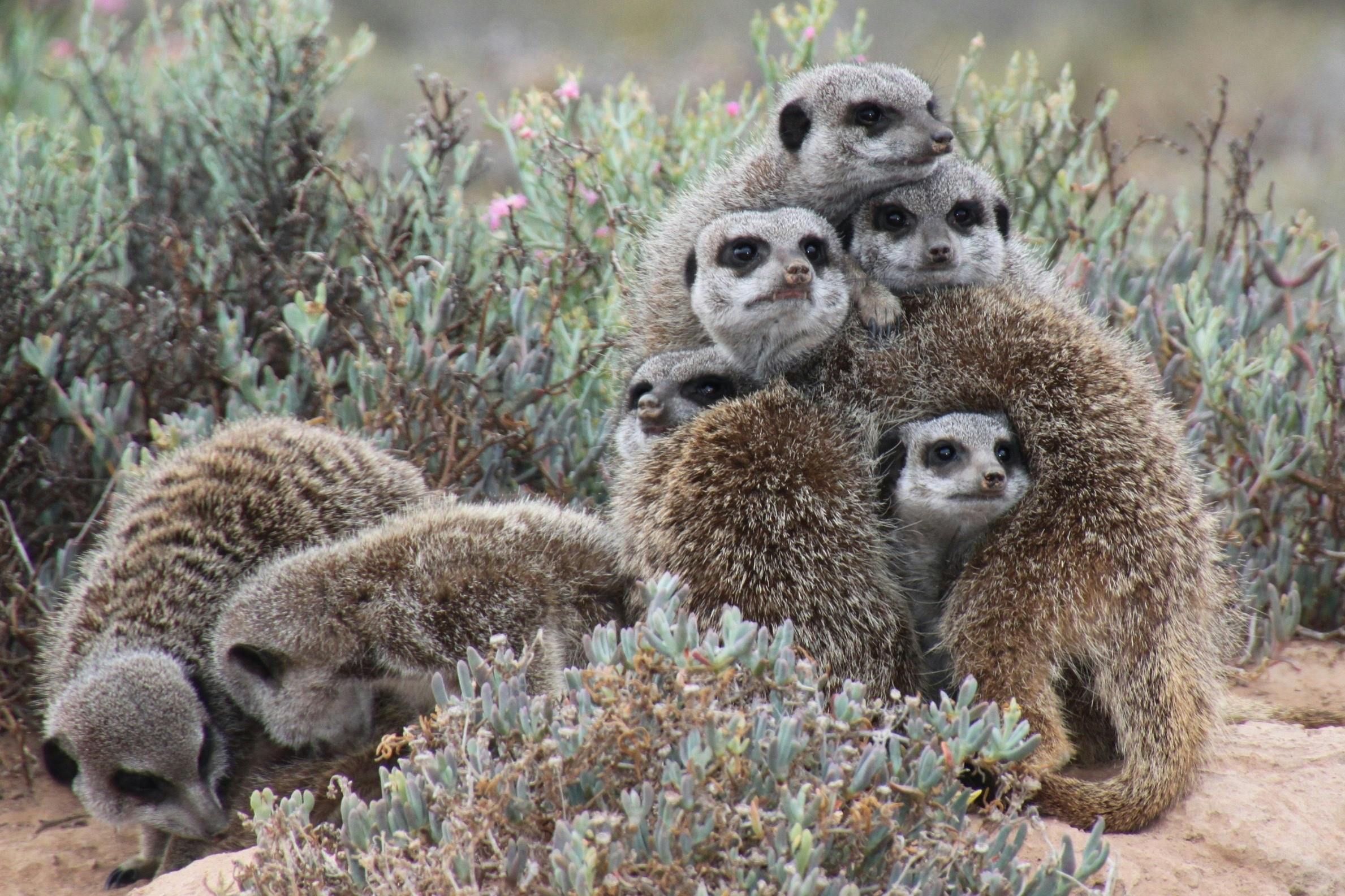Demystifying the Social Dynamics of Meerkat Colonies
As a passionate animal enthusiast, I am tasked with unravelling the complex social dynamics of meerkat colonies. Meerkats, a species native to South Africa, are known for their fascinating and intricate social structures. In this article, we will explore the hierarchical systems that govern meerkat societies and delve into their fascinating communication methods.

An Introduction to Meerkats
Meerkats are small carnivores that belong to the mongoose family. Native to the Kalahari Desert in Botswana and the Namib Desert in Namibia and southwestern Angola, they are known for their complex social structures and cooperative behaviours.
The Intricate Hierarchy of Meerkat Societies
In meerkat colonies, also known as mobs or gangs, there is a strict social hierarchy. Each mob is led by an alpha pair, usually the mother and father of most of the meerkats in the group. The alpha female is the most dominant and has exclusive breeding rights within the mob.
Communication in Meerkat Colonies
Meerkats have a sophisticated system of communication. They use a complex array of vocalizations, body postures, and scent markings to convey information to their group members. Alarm calls, for example, are used to signal the presence of predators.
The Role of Subordinate Meerkats
The role of subordinate meerkats in the mob is primarily to support the alpha pair. They assist in raising the young, foraging for food, and keeping watch for predators. In this way, every member of the mob contributes to the collective wellbeing of the group.
Current Studies and Insights into Meerkat Behavior
Recent research has provided further insights into the social dynamics of meerkat colonies. For example, a 2020 study published in the journal “Behavioral Ecology and Sociobiology” revealed that subordinate meerkats will strategically alter their behavior based on the reproductive status of the alpha female, illustrating the delicate balance of power within these animal societies.
While the price range and market impact of specific pet products or trends related to meerkats are not directly relevant (as they are not typically kept as pets), understanding the social dynamics of their colonies can have broader implications for how we view and interpret animal behavior more generally.
Conclusion
The social dynamics of meerkat colonies offer a fascinating glimpse into the complex and nuanced world of animal behavior. Through understanding these dynamics, we can gain a deeper appreciation of the sophistication and intricacy of the natural world. As research continues, we can anticipate further intriguing insights into the social lives of these fascinating creatures.




